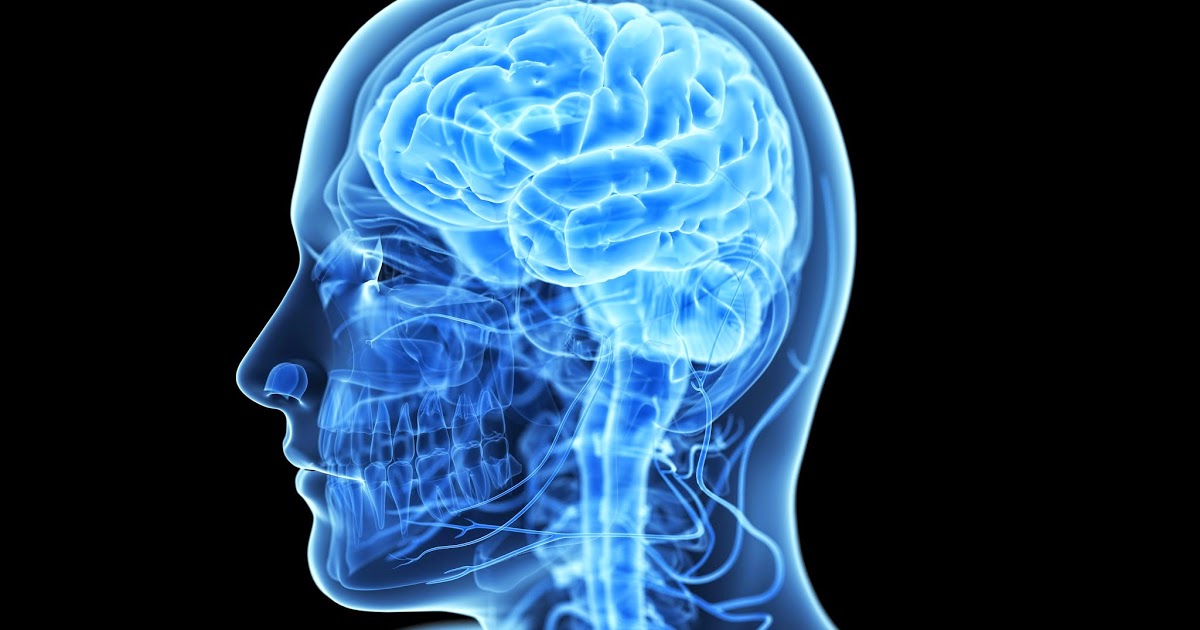Guide To The Major Types Of Ataxia
Ataxia is characterized by a loss of muscle control and the impaired coordination of voluntary movements. It is caused by underlying medical conditions, including cerebral palsy, strokes, infections, brain injuries, tumors, and autoimmune conditions. Patients with ataxia could struggle with coordination in the upper or lower limbs. For example, some might have alterations in their gait, and others could experience difficulty with using their fingers to grasp objects. Loss of balance, speech difficulties, and impaired swallowing could occur as well. To determine the underlying cause of ataxia, doctors begin by performing a complete physical examination that includes a comprehensive neurological examination. The exam will check the patient's memory, hearing, vision, balance, reflexes, and coordination. Some patients may be asked to have a lumbar puncture, genetic testing, or imaging studies to obtain more information. There is no specific treatment for ataxia itself. Instead, physicians aim to identify and treat the underlying cause of the symptom. In some cases, stopping a particular medication could reverse a patient's ataxia. Patients who have ataxia due to a chronic condition such as cerebral palsy or multiple sclerosis may benefit from the use of adaptive devices to aid mobility and speech. Physical therapy, occupational therapy, and speech therapy are provided as needed to improve the patient's balance, swallowing, speaking, and ability to perform daily tasks.
The guide below outlines the major types of ataxia.
Cerebellar Ataxia

Cerebellar ataxia, which originates in the part of the brain known as the cerebellum, is the most common form of ataxia. The cerebellum is responsible for coordination and balance. Brain tumors, viral infections, and autoimmune conditions are among the most frequent causes of cerebellar ataxia. Some patients could develop an acute form of cerebellar ataxia after infection with the chickenpox or Epstein-Barr viruses, and Coxsackie disease is another recognized cause. Patients with this form of ataxia typically display a wide gait, muscle tremors, slurred speech, and changes in personality or behavior. In addition, some individuals experience dizziness, fatigue, headaches, and vocal changes. Acute cerebellar ataxia is especially common in children, and a 2016 study found ninety-one percent of cases resolve within thirty days. Depending on the cause, patients may be treated with antibiotics, corticosteroids, antiviral medicines, and mediation to reduce muscle spasms.
Uncover details on the next type of ataxia now.